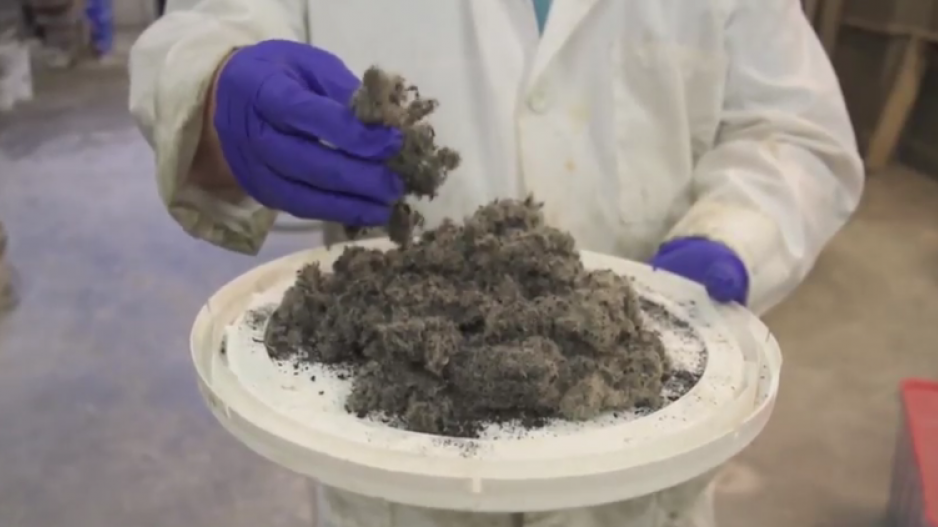A new, high-durability concrete material developed by UBC researchers - using recycled fibres from used tires - may hold the key for reducing greenhouse emissions in two sectors, officials said.
School officials announced that a $500,000 research project lasting five years have resulted in the creation of the new concrete - which includes 0.35% tire fibres, along with conventional cement, sand and water - that is more than 90% more crack-resistant than normal concrete.
“We didn’t want to apologize for adding a by-product into concrete, and then say, ‘Oh, we lost some strength and we lost some durability, and it doesn’t look that great,’” said UBC civil engineering professor Nemy Banthia, who supervised the research project. “We really want this to be something that’s value-added, and we did get a material that’s very high-strength.”
The product is a major breakthrough because it also takes used tires out of landfills while reducing the amount of cement needed in making concrete, dramatically reducing waste and shrinking the carbon footprint in both industries.
Currently, cement production comprises almost 7% of total global greenhouse gas emissions, and the world uses 6 billion cubic-metres of concrete every year. Meanwhile, B.C. produces about 4 million kilograms of fibre from used tires annually, and much of that product currently goes directly into landfills.




